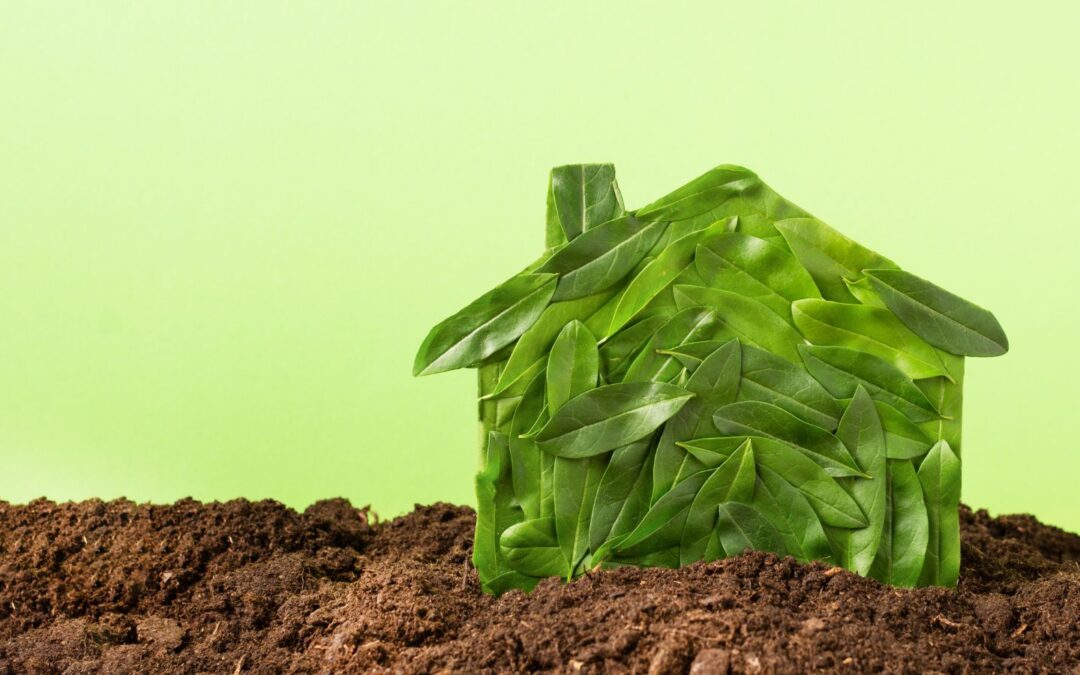What is Sustainable and Green Real Estate?
Sustainable and green real estate refers to the design, construction, and operation of buildings in a way that minimizes environmental impact and promotes long-term sustainability. This approach emphasizes the use of eco-friendly materials, energy-efficient technologies, and practices that reduce carbon emissions and conserve natural resources.
Why Eco-Friendly Building Practices Matter Today
In an era where climate change and environmental degradation are pressing global issues, the importance of eco-friendly building practices cannot be overstated. Sustainable real estate plays a crucial role in reducing the built environment’s carbon footprint, conserving resources, and promoting healthier living spaces.
Top Benefits for Homeowners and the Environment
Homeowners who embrace sustainable practices benefit from reduced energy and water bills, improved indoor air quality, and a higher property value. For the environment, sustainable buildings contribute to lower greenhouse gas emissions, reduced resource depletion, and the preservation of biodiversity.
The Environmental Impact of Traditional Real Estate
Understanding the Carbon Footprint of Conventional Buildings
Traditional buildings are significant contributors to carbon emissions due to their reliance on non-renewable energy sources and inefficient design. The construction process, energy use during operation, and eventual demolition all contribute to a substantial carbon footprint.
How Resource Depletion and Waste Generation Affect the Planet
Conventional construction methods often lead to excessive resource depletion, particularly of non-renewable materials like concrete and steel. Additionally, the waste generated during construction and demolition contributes to landfill overflow and environmental pollution.
Long-Term Consequences on Climate Change and Biodiversity
The environmental impact of traditional real estate extends beyond immediate carbon emissions. Over time, the resource depletion, pollution, and habitat destruction associated with conventional buildings exacerbate climate change and threaten global biodiversity.

Key Principles of Sustainable Real Estate
Energy Efficiency in Modern Homes
One of the cornerstones of sustainable real estate is energy efficiency. Passive house design involves constructing buildings that require minimal energy for heating and cooling by optimizing insulation, windows, and orientation. Smart home technologies further enhance energy efficiency by allowing homeowners to monitor and control energy use in real time. Additionally, integrating renewable energy sources such as solar, wind, and geothermal power reduces reliance on fossil fuels.
Water Conservation Techniques
Water conservation is another critical aspect of sustainable real estate. Implementing rainwater harvesting systems allows homeowners to collect and store rainwater for irrigation and other non-potable uses. Greywater recycling further reduces water waste by treating and reusing wastewater from baths, sinks, and washing machines. Water-efficient fixtures and appliances such as low-flow toilets and faucets also contribute to significant water savings.
Using Sustainable Materials and Construction Methods
The use of recycled and locally sourced materials in construction minimizes the environmental impact of transporting goods over long distances and reduces the demand for virgin materials. Low-VOC paints and finishes improve indoor air quality by emitting fewer harmful chemicals. Reducing waste during construction through careful planning and recycling further enhances the sustainability of building projects. Consider partnering with a construction company that prioritizes environmentally friendly methods and materials.
Enhancing Indoor Environmental Quality
Indoor environmental quality is vital for the health and well-being of occupants. Maximizing natural lighting and ventilation reduces the need for artificial lighting and improves air circulation. Air purification systems help remove pollutants from the indoor environment, while non-toxic building materials ensure that indoor air quality remains safe and healthy.

Green Certifications and Standards
What is LEED and Why It Matters
LEED (Leadership in Energy and Environmental Design) is a globally recognized certification that sets standards for the design, construction, and operation of green buildings. Achieving LEED certification demonstrates a commitment to sustainability and can enhance a building’s marketability.
ENERGY STAR for Homes: Ensuring Energy Efficiency
ENERGY STAR is a certification program that identifies energy-efficient homes and appliances. Homes that earn the ENERGY STAR label use less energy, save money on utility bills, and help protect the environment by reducing greenhouse gas emissions.
Understanding the Living Building Challenge
The Living Building Challenge is one of the most rigorous green building certification programs. It encourages the creation of buildings that are self-sufficient and generate more energy than they consume, thereby setting a new standard for sustainability in the built environment.
Exploring Regional and Local Green Building Certifications
In addition to global certifications like LEED and ENERGY STAR, many regional and local green building certifications address specific environmental and climatic challenges. These certifications help ensure that buildings are designed and constructed in a way that is appropriate for their location.
Economic Benefits of Green Real Estate
Challenges and Solutions in Adopting Green Real Estate Practices
Conclusion
Sustainable real estate is essential for reducing environmental impact and creating healthier, more resilient communities. As the world faces challenges such as climate change and resource depletion, adopting green building practices is more important than ever. Homeowners, builders, and real estate professionals all have roles to play in transitioning to sustainable real estate. By making informed choices and advocating for greener practices, we can build a better future for ourselves and the planet. The vision for the future is clear: a real estate industry that prioritizes sustainability reduces its environmental footprint and contributes to the well-being of people and the planet. Together, we can achieve this vision and create a more sustainable world.


